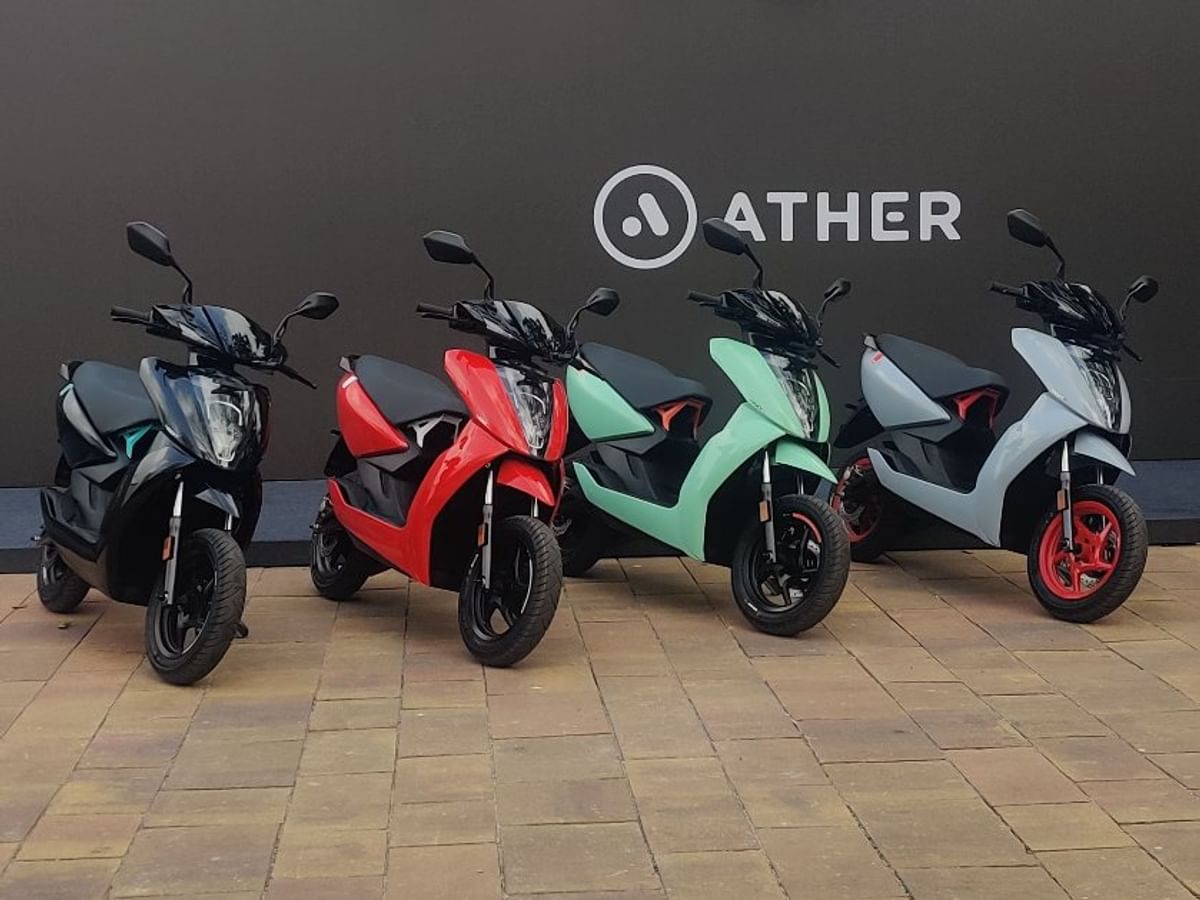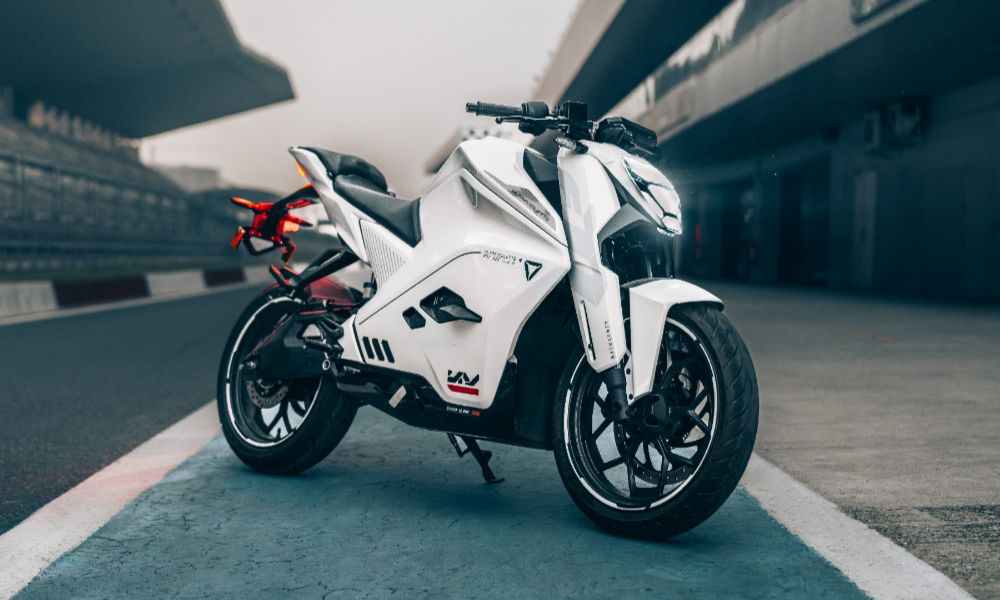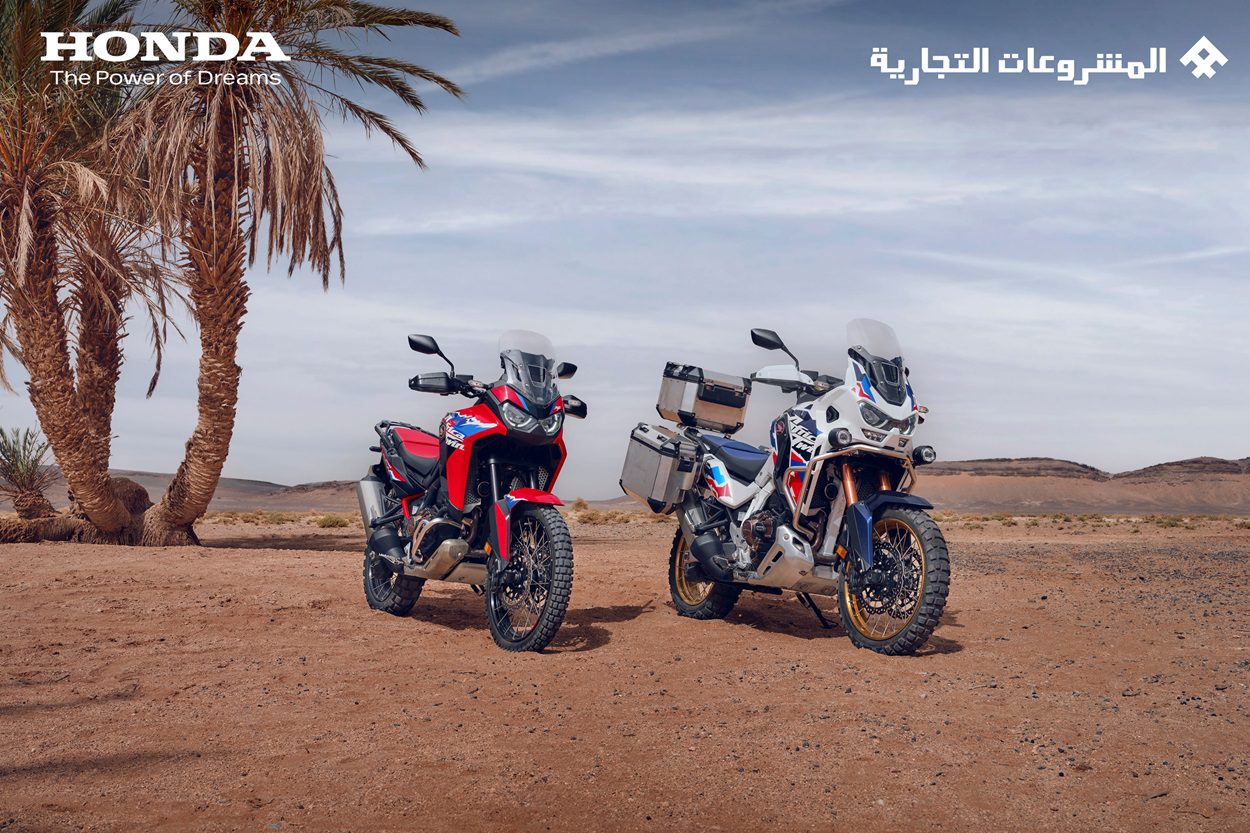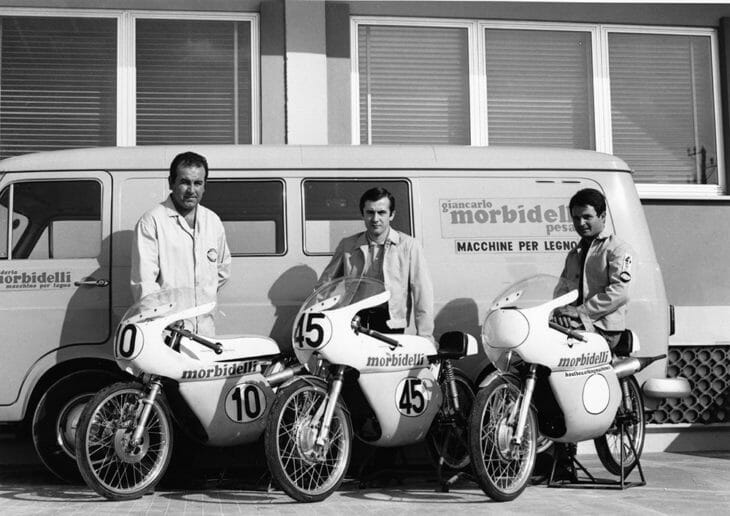Electric Vehicles to get dearer by 30,000 ₹
Prices for the EV you were eyeing are going up, from June 1st onwards!
The government of India announced that they are rolling back on the incentives that were given to consumers on purchasing an electric vehicle, under the FAME-II scheme on EVs that are going to be registered from June 1st onwards.
The Faster Adoption and Manufacturing of Electric Vehicles (FAME) scheme was launched in April 2015 under the National Electric Mobility Mission, is to inspire ev adoption among the Masses rapidly and to negate the price disparity between regular Fossil Fueled cars and EVs. Under this scheme, EVs were able to slash 40% of the vehicle’s ex-showroom price.
In the recent notification released by the Government, the subsidies for the EVs under the FAME-II SCHEME will be capped at 15% on the vehicle’s ex-showroom price.
Since the news came out Many electric manufacturers that benefitted from the FAME-II subsidies have announced a price hike from June 1st onwards and Ather Energy has announced a price hike of 30,000/- it is the highest price hike after the announcement.
What’s Next for the EV Market?
India’s EV Market is still in its infancy and e-Two wheelers were leading from the front, sales for Electric vehicles have crossed the one million mark and nearly 60% of the sales came from the two-wheelers and the driving force behind the rise of electric two-wheelers were the subsidies that were on offer to sweeten the deal.
One Could clearly deduce that Subsidies provided under FAME-II were quite successful since the reasonable target that they kept in sight was 1 million sales and in two years EV market reached that figure with a significant rise in the last year alone. And this decision to slash the subsidy amount comes as no surprise since this was the intention all along and the same was conveyed at the start of the FAME-II Scheme.
What remains to be seen is the impact of the steady growth that the EV market has seen in the past year. Will it kill the whole two-wheeler segment that has been pivotal in making EVs relevant? In a price-sensitive market like India where an average consumer does not factor in the long-term ownership cost and some even fail to recognize the long-run benefits.
Living with an EV in India is challenging in itself, the lack of better charge infrastructure and component fatigue due to India’s unique climatic conditions. And the average life of the battery pack in these two-wheelers is from Five to Six Years and Ten Years for 4-Wheelers.
All these negative factors do come into play when deciding between an ICE or an EV, this is when the subsidies came into the equation and became a deal breaker.
Even industry experts have expressed their concerns, SMEV (THE SOCIETY OF MANUFACTURERS OF ELECTRIC VEHICLES) Director General Sohinder Gill has said, With the majority of petrol two-wheelers costing less than Rs 1 lakh, there are fewer chances of consumer spending upwards of Rs 1.5 lakh just factoring in the total cost of ownership.
Opinion on What holds for the EV market down the line in the aftermath of this announcement is divided. But one thing that is quite clear is the rise EVs were on will be hampered for a while, until and unless a better ecosystem is created for EVs from affordable battery cells and accessible charging infrastructure.
Recommend0 recommendationsPublished in News


